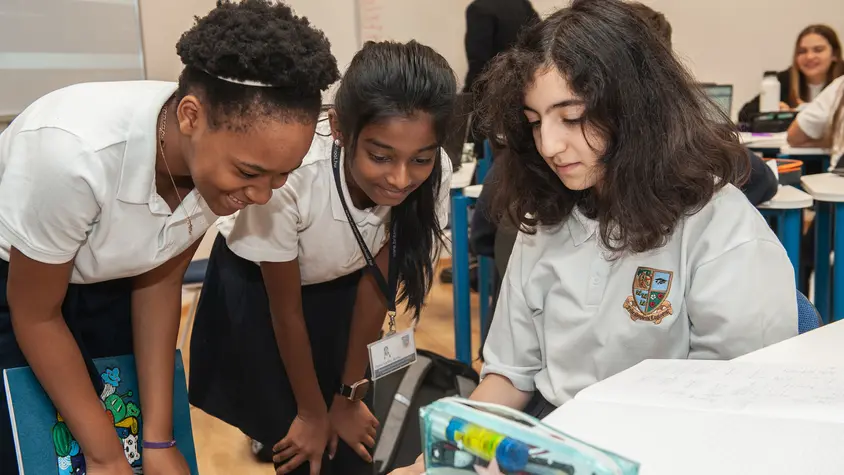The Future of Media Communications Course: Trends and Opportunities
The field of media communications is evolving rapidly, driven by technological advancements, changing consumer behaviors, and the increasing importance of digital platforms. Demand for qualified media communications specialists keeps rising as society gets more linked and information-driven. In addition to preparing students for present issues, a course emphasizing the future of media communications degree gives them the means to negotiate new trends and grab fresh possibilities.
Digital Transformation and New Technologies
Digital transformation is among the most important developments influencing media communications’ course going forward. Media communications experts have to know how to use artificial intelligence (AI), virtual reality (VR), and augmented reality (AR) to produce interesting material as they become more and more important. Classes emphasizing these developments will let students investigate how VR and AR could improve narrative or how to apply AI for data analysis and content personalizing. Developing immersive and interactive experiences that enthrall viewers depends on an awareness of these technologies.
Social Media and Community Engagement
Still ruling the media communications scene are social media channels, which provide special chances for involvement and contact. The future of media communications courses has to address social media strategy, audience analytics, and community creation. The growing relevance of social media influencers and user-generated content would force students to acquire skills in brand management and online reputation.

Ethics and Media Literacy
Media literacy and ethics are even more important as media communications grow more complicated. Particularly in relation to false information and biased reporting, future courses should focus on the need for ethical considerations in content development and delivery. Teaching pupils the value of media literacy will enable them to become responsible communicators and examine material closely. This information will not only improve their professionalism but also help to create a society better informed by means of knowledge.
Global Perspectives and Cultural Awareness
Effective communication in our linked world depends on an awareness of worldviews and cultural variances. Future media communications courses should have a worldwide perspective so that students may investigate media techniques from many civilizations. This strategy will equip graduates to interact with foreign audiences and operate in various settings, therefore improving their employment opportunities in a sector going global.
There are many fascinating trends and possibilities ahead in media communications degree. Embracing digital transformation, interacting with audiences via social media, handling ethical issues, and raising global awareness will help educational institutions equip their students with the tools they need to succeed in this exciting industry. Those who are ready to change and innovate will be positioned for success as the media environment develops.






